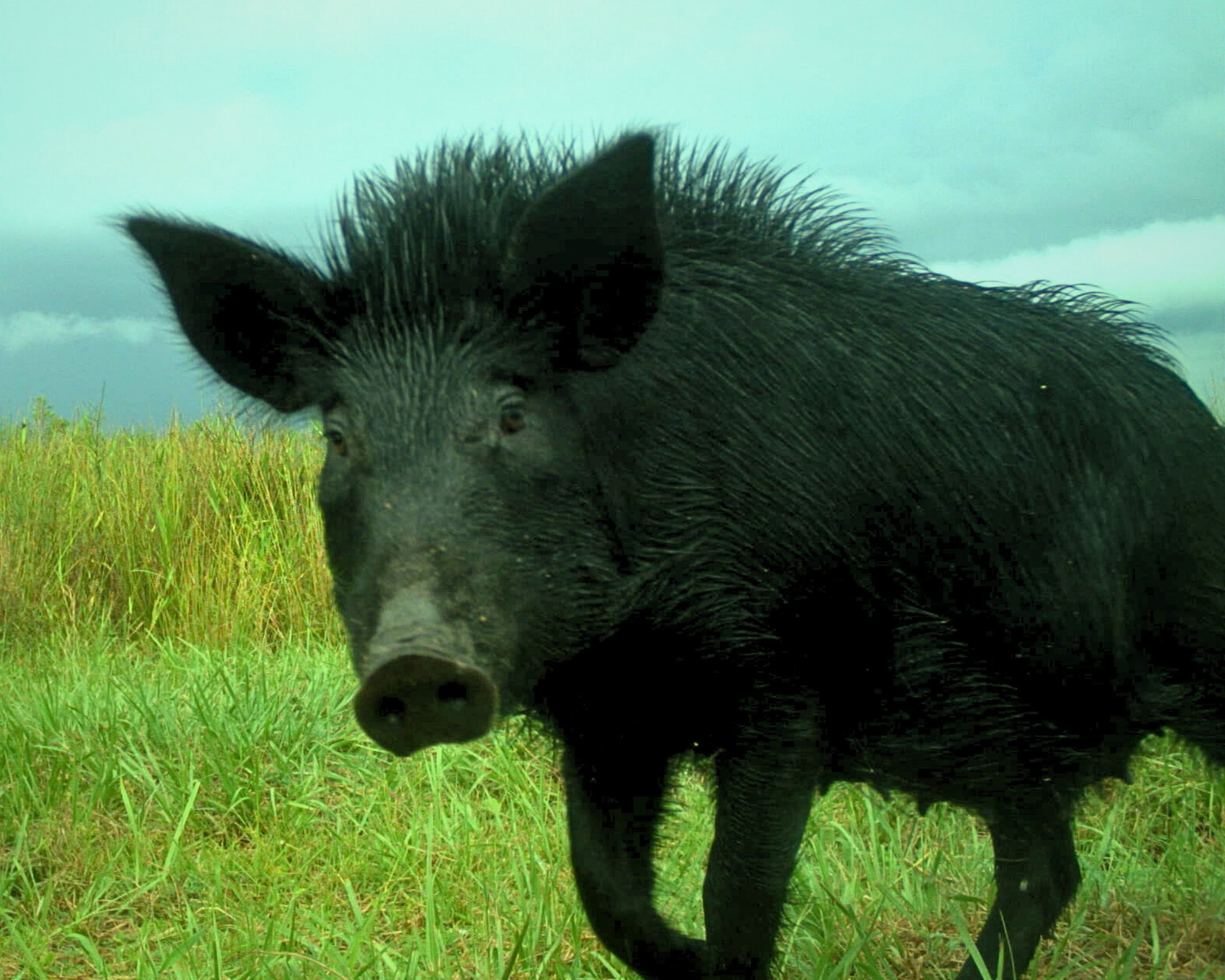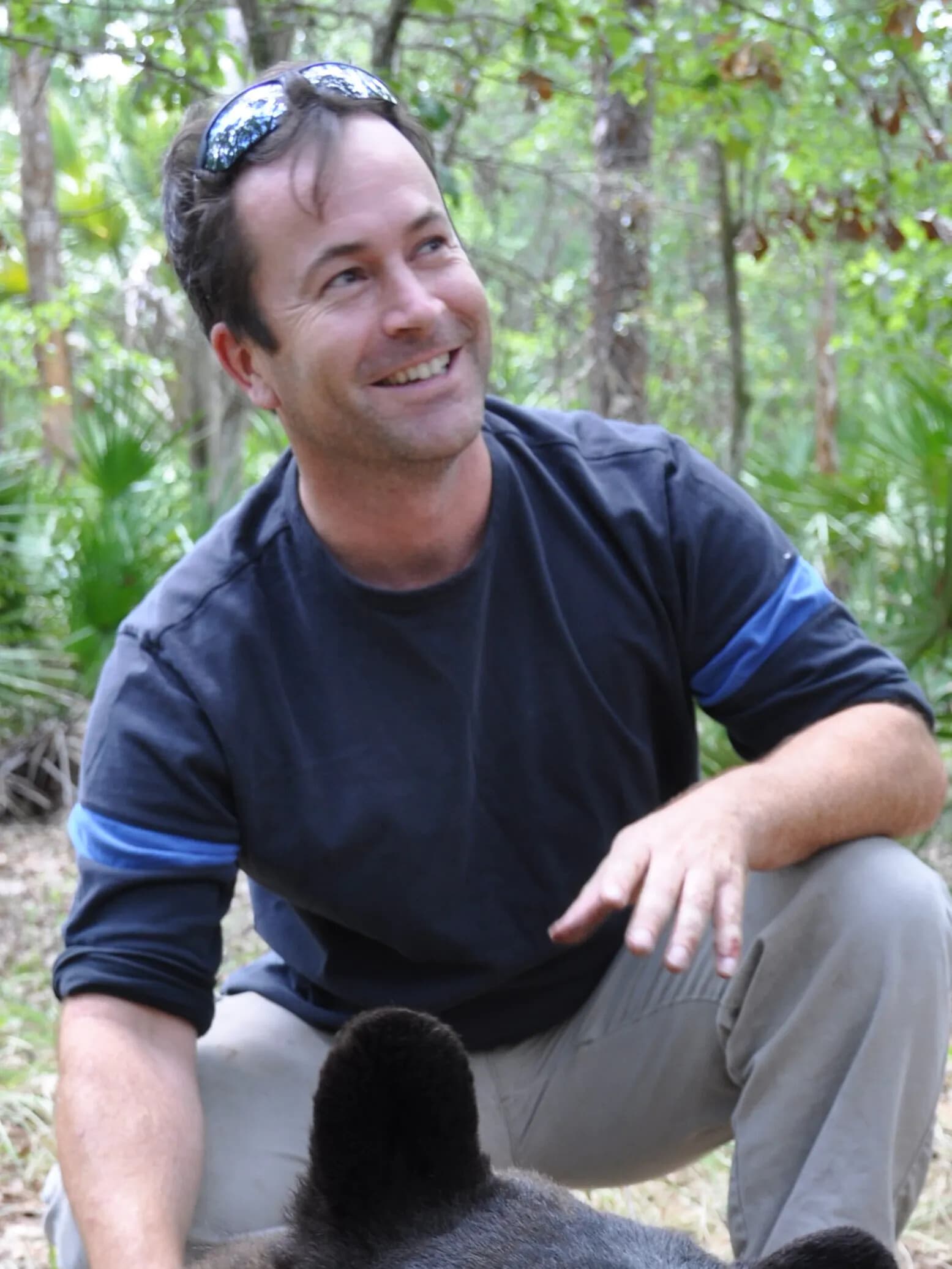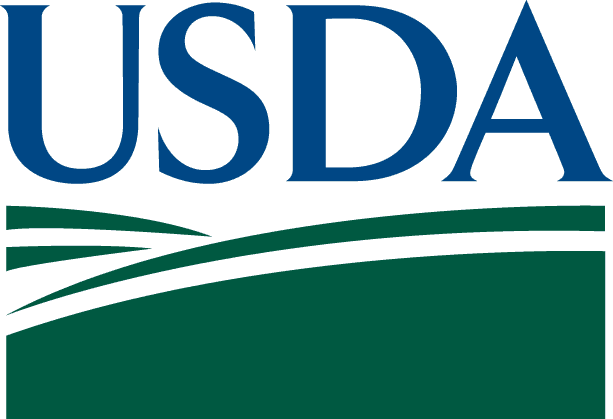 Corridor Observatory
Corridor ObservatoryFeral Swine Ecology & Management
Develop and improve tools and methods to manage feral swine populations
Feral pigs are a rampant invasive species throughout Florida. Archbold collaborates with an interdisciplinary group studying the habits of feral pigs via a network of remote cameras, GPS collar data, gene sequencing technology, and monitoring for potential disease. The image data we collect remote cameras has already lead to advances in the usefulness of machine learning technology in wildlife ecology.
Major Findings & Impact
Rooting from feral swine shifted a bunchgrass dominated wet prairie to a near monoculture of redroot (Lachnanthes caroliniana)(Boughton & Boughton 2014).
Monitoring feral swine movements with GPS collars demonstrates preference for traveling on roads, even in open, pasture-dominant landscapes. (Boughton et al. 2019).
Plant community shifts caused by feral swine rooting devalue Florida rangeland. (Bankovich et al. 2016)
Project Details
More about this project
Data and Analysis Types
Camera trap image data, machine learning in wildlife ecology, spatial capture-recapture, animal movement data, continuous time movement modeling
Primary Location(s)
Buck Island Ranch, Headwaters of the Everglades Watershed, Florida Wildlife Corridor
Years Active
2015 - present
Related People
Featured Publications
Differences in number of indirect interactions between males and females are likely due to differences in home range size, as individuals with larger home ranges (ed: in this study, male pigs) are more likely to overlap with a greater number of neighboring animals. This could influence important ecological processes, such as genetic structuring of populations and transmission of pathogens.

.jpg&w=3840&q=75)
.jpg&w=3840&q=75)
